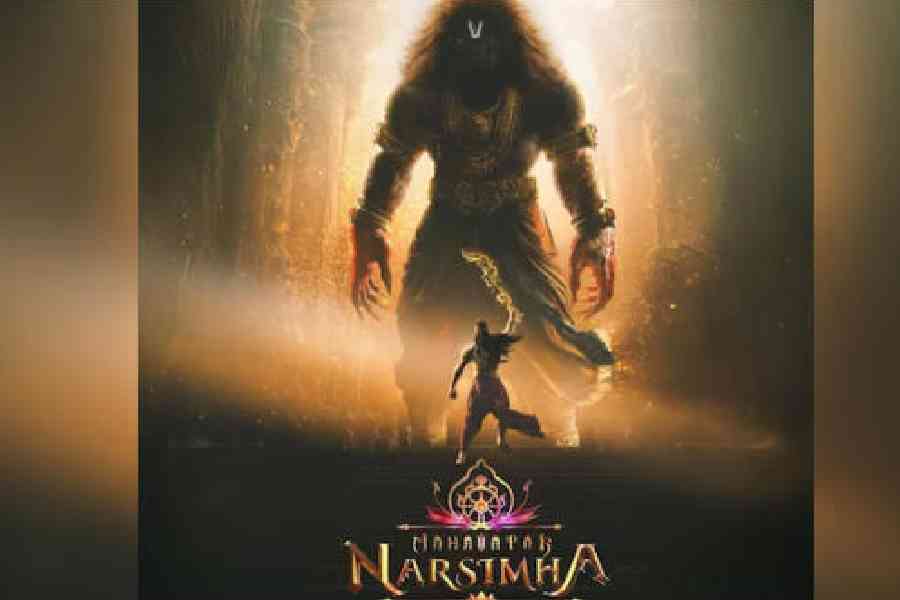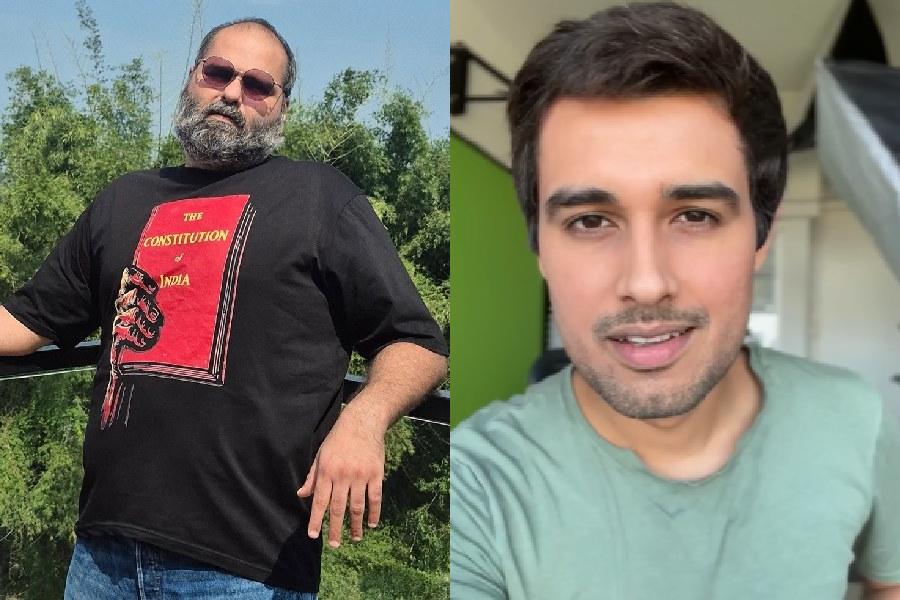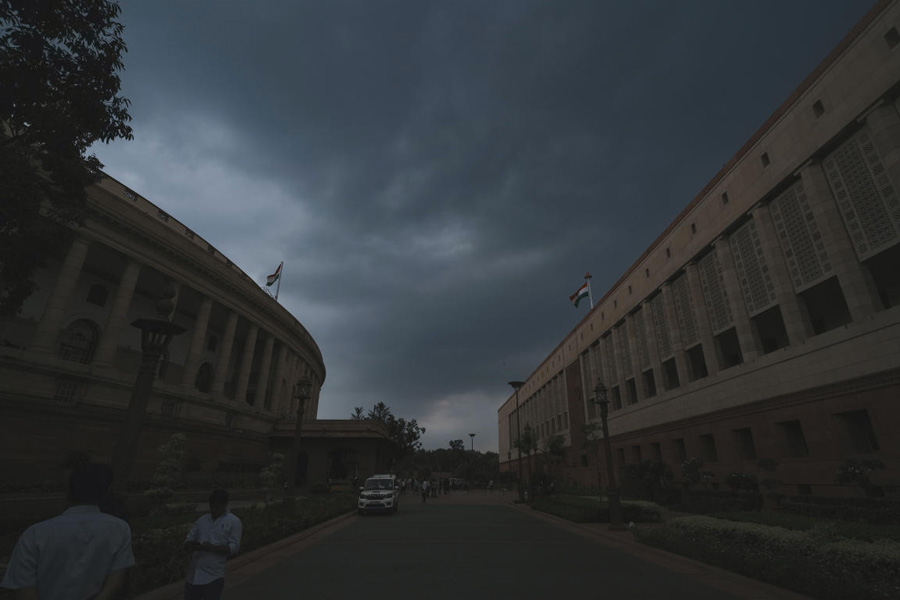Ayoung film industry professional recently remarked that Saiyaara was a “sleeper hit”. But that was the wrong term to use for a film that came with great expectations. Director Mohit Suri had Aashiqui 2 behind him, the music had caught on, Ahaan Panday with over 2M followers had raised much curiosity and his sister Alanna’s vlogs had teased the audience with glimpses of him as the cool bro at home who spoke little but basked in the warmth of family.
A sleeper hit is a film that catches everybody by surprise. Saiyaara did not arrive unexpectedly. It had audiences coming in from the first show itself and did not have to wait for word-of-mouth appreciation before it caught on. Saiyaara lived up to expectations, perhaps went beyond them too. But the juggernaut has been halted in its tracks, Saiyaara is not the Sholay of the 21st century. What caused the upset is an unlikely animation film from Hyderabad. Nobody saw that coming.
What qualifies as a sleeper hit is the animated Mahavatar Narsimha that arrived with zero expectations. Besides not having heard anything about it, Indian animation also carried the burden of being the poor man’s Disney. There has been such a spate of childishly made films on Ganesha, Hanuman and other names from the pantheon that Mahavatar Narsimha seemed to fit into the mould of animation films best watched by kids on TV.
For generations, Indians had grown up hearing the story of a megalomaniac who declared himself the ultimate god after receiving a boon that neither man nor beast could kill him, that he would die neither during day nor night, that death would come neither inside nor outside. His belief in his invincibility equalled that of any Thanos or Marvel super villain. His comeuppance from Narsimha, who was half-man and half-beast, who tore apart the cruel king at dusk on the threshold, stayed true to the spirit of the boon. It could beat the climactic thunder of any superhero victory.
However, though our stories have always had the potential to tame arrogance and brutality with faith and goodness, we have invariably fallen short in our cinematic telling. Which was why Narsimha came as a surprise, the climax as thrilling as any super showdown filmed in Hollywood. Additionally, there was a five-year-old at the heart of the story, a young devotee with unwavering faith that ran contrary to the diktat of the demon king, who also happened to be his father. A child at the receiving end of cruelty is a winning, universal sentiment. So when the king ordered five-year-old Bhakt Prahlad to be trampled to death by two huge elephants, it was watched with concern, the child emerging unscathed bringing an audible sigh of relief.
There is a percentage of audience that’s treating Narsimha like a pilgrimage by leaving footwear outside the hall. And the celebrations at Mumbai’s Iskcon where satvik lunch was served and guests were requested to come in traditional wear. But the film grew from a restrictive religious offering to a parable with universal values under director Ashwin Kumar’s cinematic skills. For instance, if there’s innocence in Prahlad’s voice that’s not precociously annoying, Ashwin’s wife and producer Shilpaa Dhawan disclosed that a spiritually inclined 16-year-old was chosen for the Hindi dubbing after auditioning nearly 100 youngsters. The Hindi version alone has grossed over ₹80 crore while the cost of less than ₹50 crore for all versions is a fraction of what Hollywood would have spent on a similar story.
It brings to mind Mel Gibson’s Passion of the Christ (2004), which went from being a superbly mounted blockbuster to becoming the fervour of the faithful. Its earnings of $370 million would work out to over ₹32 billion today.
Stand-alone religious statements don’t work. Credible filmmaking does. Narsimha is the roar that Indian filmmakers too know how to tell their stories.
Bharathi S. Pradhan is a senior journalist and an author











